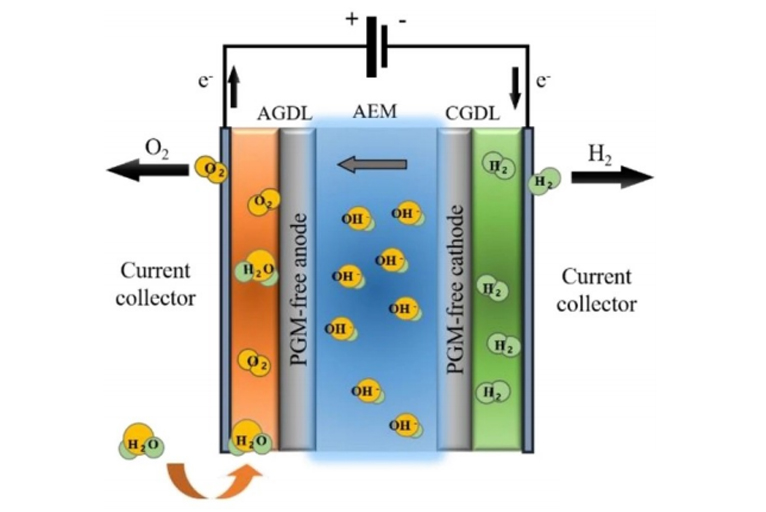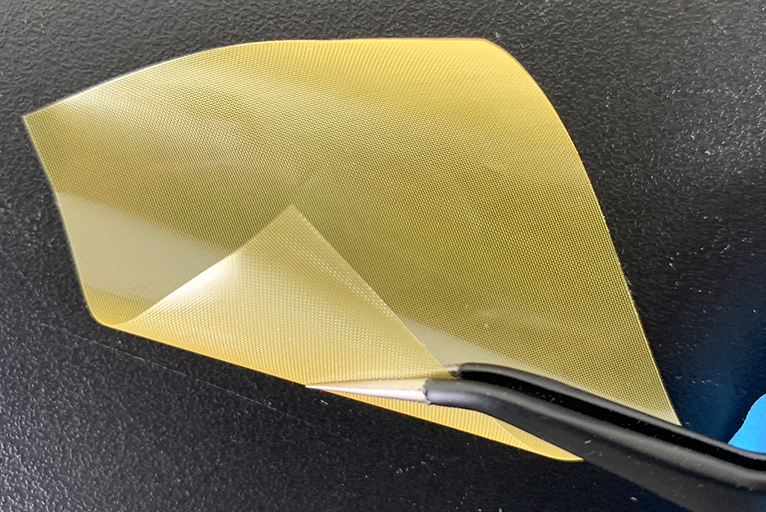google-site-verification: google0228a1feb97d321e.html
google-site-verification: google0228a1feb97d321e.html
google-site-verification: google0228a1feb97d321e.html
google-site-verification: google0228a1feb97d321e.html
google-site-verification: google0228a1feb97d321e.html
google-site-verification: google0228a1feb97d321e.html
AEM hydrogen production - electrolysis hydrogen production - YMUS ultrasonic spraying
Anion exchange membrane is a type of polymer membrane that contains alkaline active groups and is selectively permeable to anions. It is also called an ion-selective membrane. Anion exchange membrane is composed of three parts: the polymer backbone with fixed groups, that is, the polymer matrix (also called the base membrane), the positively charged active groups (that is, cations), and the anions that can move freely on the active groups. .


The development prospects of ultrasonic spraying catalysts on anion exchange membranes are very broad. With the development of fuel cells, water electrolysis and hydrogen production, there is an increasing demand for efficient and low-cost catalyst preparation technology. Ultrasonic spraying technology has the advantages of fast preparation speed, low cost, and good process controllability, so it has broad application prospects in the field of catalyst preparation.
● Uniformity ≥95%: The catalyst is evenly distributed on the surface of the anion exchange membrane to avoid uneven local catalyst concentration and provide better catalytic performance.
● High controllability: Precisely control the thickness and composition of the catalyst to meet specific reaction requirements. By adjusting spraying parameters, quantitative control and optimization of different catalysts can be achieved.
● High efficiency: quickly coat large-area anion exchange membranes to improve production efficiency and process controllability. Compared with traditional coating methods, ultrasonic spraying can reduce coating waste and improve catalyst utilization.
● Reducing costs: Ultrasonic spraying technology can reduce the use of catalysts and reduce preparation costs. In addition, ultrasonic spraying can avoid the use of expensive solvents and organic solvents, further reducing costs.

